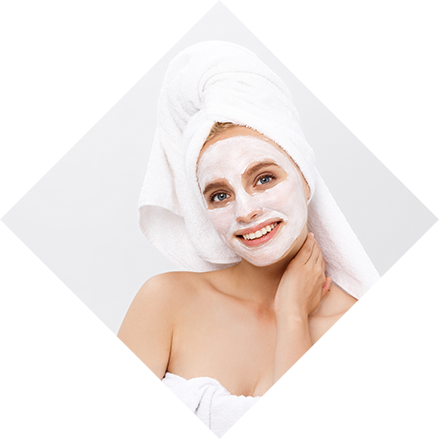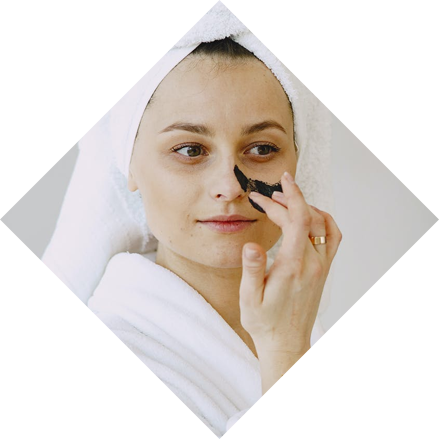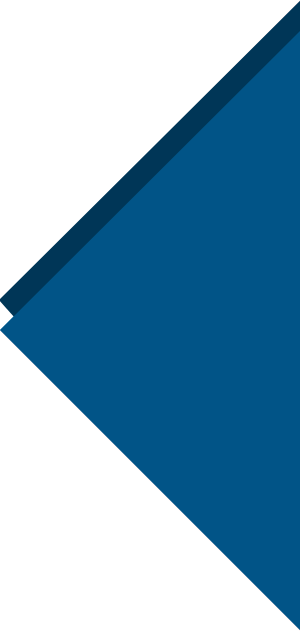ACNE
.jpg)
Need An Appointment?
Drop Your Number here
Acne: Causes, Symptoms, and Effective Treatment Options
Acne is one of the most common skin conditions that affects millions of people worldwide, especially teenagers and young adults. It occurs when the hair follicles become clogged with oil (sebum), dead skin cells, and bacteria, leading to the formation of pimples, blackheads, whiteheads, and cysts. Although acne is not a serious medical condition, it can cause emotional distress, lower self-esteem, and even lead to permanent scarring if not treated properly. Understanding its causes, symptoms, and available treatments is essential for effective management and prevention.
Causes of Acne
Acne develops primarily due to the overproduction of sebum and the accumulation of dead skin cells that block the pores. However, several other factors contribute to its occurrence:
-
Hormonal Changes:
Hormonal fluctuations, especially during puberty, menstruation, pregnancy, or due to certain medical conditions like polycystic ovarian syndrome (PCOS), can increase oil production, leading to acne breakouts. -
Bacteria (Propionibacterium acnes):
The bacteria Propionibacterium acnes (P. acnes) naturally live on the skin, but when trapped inside blocked pores, they multiply and cause inflammation, resulting in red, swollen pimples. -
Genetics:
Family history plays a significant role in acne development. If your parents had acne, you are more likely to experience it too. -
Diet:
Certain foods, especially those high in refined sugars, dairy products, and carbohydrates, can trigger or worsen acne in some individuals. -
Stress:
While stress doesn’t directly cause acne, it can worsen existing conditions by triggering hormonal changes and increasing oil production. -
Cosmetic and Skincare Products:
Using oil-based or comedogenic (pore-clogging) products can aggravate acne. It’s important to use non-comedogenic skincare and makeup products.
.jpg)
Types of Acne
Acne can appear in several forms, ranging from mild to severe. Common types include:
-
Whiteheads: Small, closed clogged pores.
-
Blackheads: Open clogged pores that appear dark.
-
Papules: Small red bumps caused by inflamed hair follicles.
-
Pustules: Pimples containing pus at their tips.
-
Nodules: Large, painful lumps beneath the skin.
-
Cysts: Deep, pus-filled lesions that can cause scarring.
Need An Appointment?
Drop Your Number here
Symptoms of Acne
The main symptoms include the appearance of pimples, blackheads, whiteheads, and cystic lesions on the face, neck, chest, shoulders, and back. In severe cases, acne may lead to:
-
Skin redness and inflammation
-
Pain or tenderness in affected areas
-
Dark spots or pigmentation after healing
-
Permanent acne scars
Treatment Options for Acne
The treatment for acne depends on its severity and underlying causes. Both over-the-counter and prescription treatments can help manage and reduce breakouts.
-
Topical Treatments:
-
Benzoyl Peroxide: Reduces bacteria and prevents pore blockage.
-
Retinoids: Help unclog pores and promote skin cell turnover.
-
Salicylic Acid: Removes dead skin cells and reduces inflammation.
-
Antibiotic Creams: Target bacterial infections and redness.
-
-
Oral Medications:
-
Antibiotics: Reduce bacteria and inflammation (used short-term).
-
Hormonal Therapy: Birth control pills or anti-androgen medications help regulate hormones in women.
-
Isotretinoin: A powerful medication for severe or cystic acne, prescribed under medical supervision.
-
-
Procedural Treatments:
-
Chemical Peels: Remove dead skin layers and reduce acne scars.
-
Laser and Light Therapy: Kill acne-causing bacteria and control oil production.
-
Microneedling: Improves skin texture and reduces scarring.
-
Extraction Treatments: Performed by dermatologists to remove blackheads or cysts safely.
-
Patient Testimonials

She's the best skin doctor I've come across so far. she listens patiently, gives the prominent treatment accordingly. Guys looking for skin treatment must visit Dr Nidhi Bansal, you will get satisfying results👍
- Sanya Sayyed

I consulted with Dr Nidhi Bansal after one of my friend suggested. The doctor is very
calm and well versed with the solutions. I definitely liked the way He made me
understand the issues of my hair sclap.
I am very happy with my own experience with
her and the treatment provided amazing hence I would highly recommend to this doctor for
any skin or hair disease.
- Anu Verma

I was suffering from severe acne on my face. Dr Nidhi told me in detail about the treatment options and customized the procedures for my face. Within one day my redness and acne has reduced by 90%. I am so happy with the results and would recommend Dr Nidhi to everyone for their skin and hair problems.
Priya Rajput

Best doctor I always go to Dr Nidhi skin clinic whenever i have any skin problems . Dr. Nidhi is such a humble + trusted doctor I was dealing with pimples and scars from 6 years, someone told me about Dr Nidhi .I having been taking treatment from 2 months .my acne has gone for forever ,thanks for giving me normal skin best dermatologist in jaipur I got 100 % results , M bhut jayda preshan tha acne , blackheads whiteheads se ,mera face bhut khrab dikhta tha bhut guilty feel hota tha logo ko face krne m now I m confident .thank you doctor
Neeraj Yogi



Patient's Testimonials









